Rank Species | Genus Thymus Higher classification Thymes | |
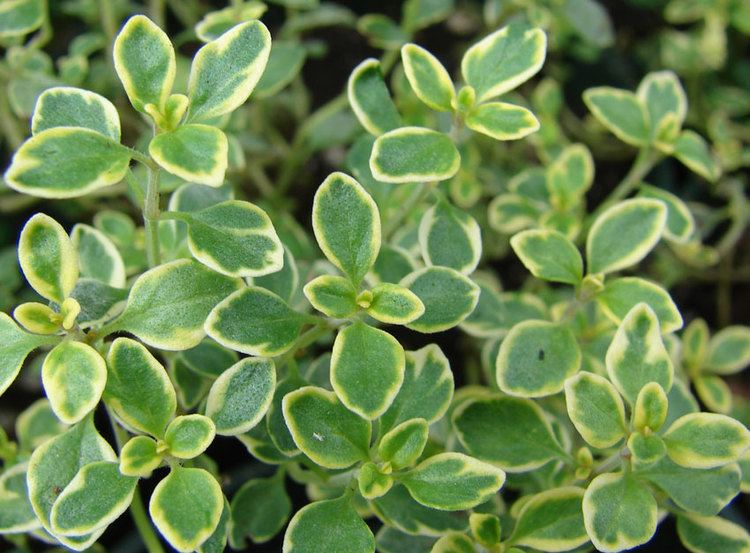 | ||
Similar Thymes, Lemon Beebrush, Lemon balm, Winter savory, Salad burnet | ||
Thymus citriodorus aureus
Thymus citriodorus (Lemon thyme or Citrus thyme) is a lemon-scented evergreen mat-forming perennial. There has been a great deal of confusion over the plant's correct name and origin. Recent DNA analysis suggests that it is not a hybrid or cross, but a distinct species as it was first described in 1811.
Contents
- Thymus citriodorus aureus
- Thymus citriodorus bertram anderson
- Uses
- Taxonomy and synonyms
- Cultivars
- References

T. citriodorus is an evergreen sub-shrub, growing to 0.1 metres (3.9 in) in height by 0.3 metres (12 in) in spread. It prefers full sun and well draining soil. The bloom period is mid to late summer, with pink to lavender flowers that are a nectar source for bees and butterflies.
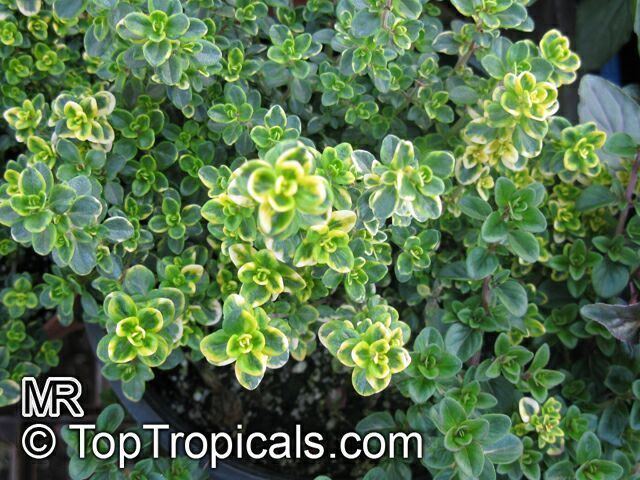
Thymus citriodorus bertram anderson
Uses
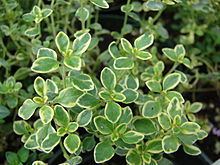
Thymus citriodorus and its cultivars are cultivated as ornamental plants, culinary herbs, and medicinal plants. In gardens, the plants are often used as groundcovers: in planting beds, between stepping stones, and in containers. They are a drought tolerant plant when established. As honey plants attracting wildlife, they are used in wildlife gardening.
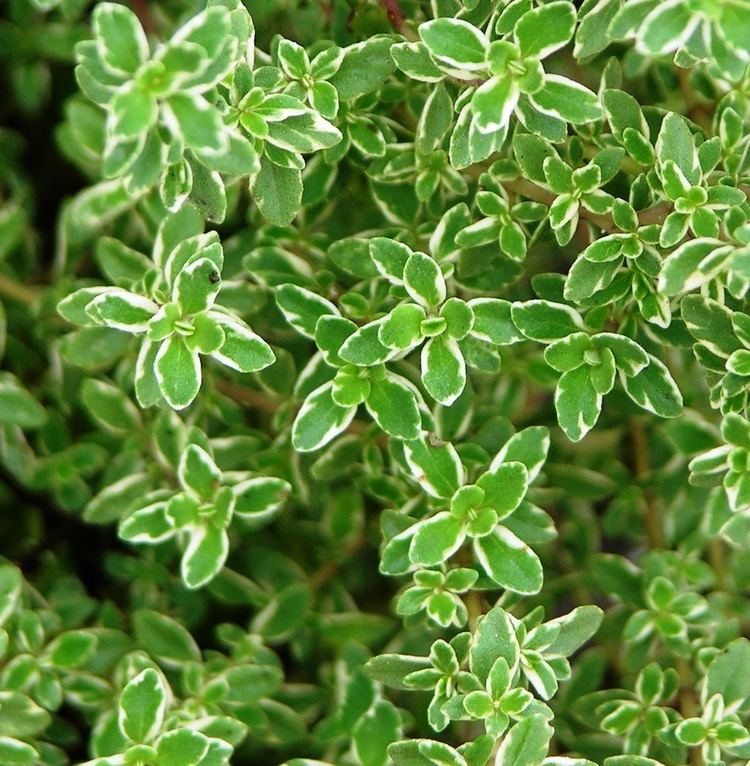
The leaves are used as a flavoring herb in cooking, raw in salads, and for a herbal teas. Herbal medicinal uses can include the using leaves and/or essential oils in: antiseptics, asthma and respiratory aromatherapy, deodorants, and disinfectants.
Taxonomy and synonyms
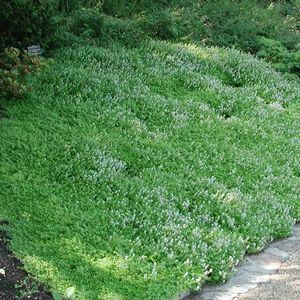
Thymus citriodorus has had many different names over time, including Thymus x citriodorus, Thymus fragrantissimus, Thymus serpyllum citratus, Thymus serpyllum citriodorum, and more. It was also believed at one time that the plant was a hybrid of European garden origin, between Thymus pulegioides and Thymus vulgaris. DNA analysis has shown that T. citriodorus is not part of the DNA tree that includes T. pulegioides and T. vulgaris.
Cultivars
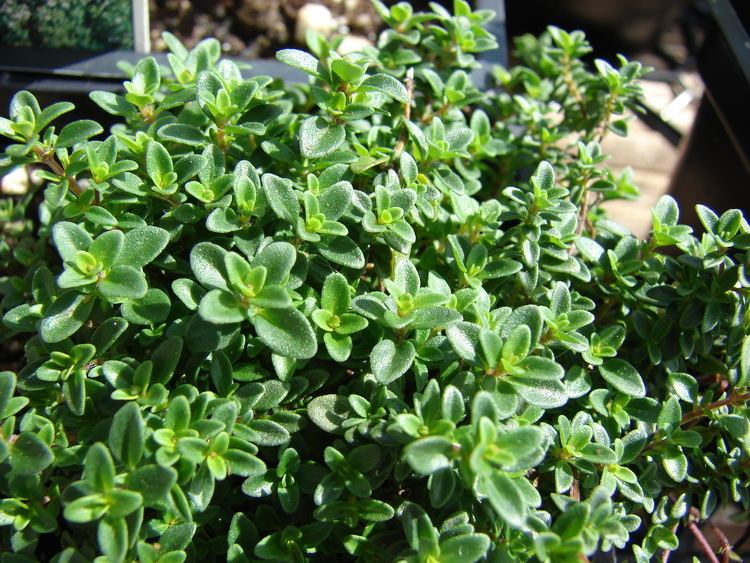
Cultivars are selected for foliage color, and aromas of different citrus fruits. The following are sold by various nurseries, often under the synonyms, so scientific naming is not reliable:
